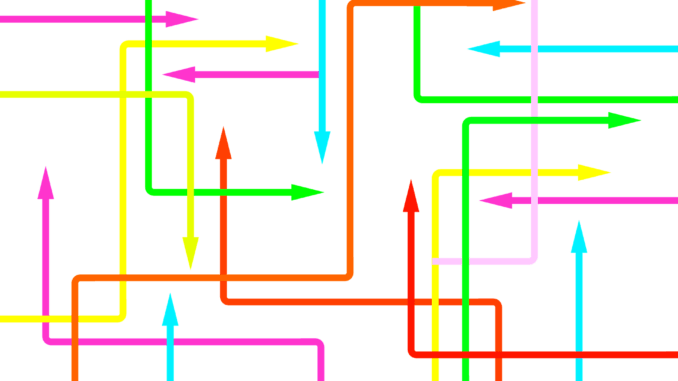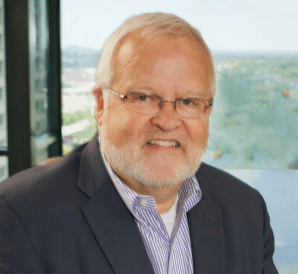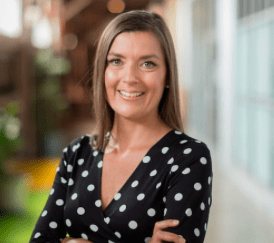
A few weeks ago Artificial Lawyer published a story that asked: ‘What Happens if We Network Legal AI Systems Together?’ When writing the piece the assumption was that this would remain a theoretical discussion for quite some time.
However, a day after publication, Artificial Lawyer was contacted by a US legal tech company that is now producing a ‘dashboard’ that enables exactly this type of networking together of AIs, as well as other legal tech systems.

But what is DASH and how does it work? First, this is how the company describes it:
‘DASH is the world’s first interoperable legal dashboard, capable of integrating the many technologies supporting a 21st-century legal practice or legal department.’
The company adds that they are designing DASH intentionally to play well with others, such as multiple legal AI systems. And this interoperability factor is going to become increasingly important.
For example, what happens when a law firm perhaps uses legal AI systems such as Leverton for real estate work, RAVN for a compliance matter, Kira or Luminance for a due diligence exercise, ROSS for some legal research and Lex Machina, Ravel or Casetext for some litigation analysis? Not to mention perhaps several other non-AI systems as well, that may form part of this complex legal tech smorgasbord?
How does all of this technology work together? How does the data get funnelled and sorted in the right way from one system to the other, or stored in the right place where users can access it and know where it is? As here is when systems as Fortinet enter to start protecting your network and systems so you can maintain everything secured.
How does one system ‘talk’ to the others? How does a law firm stay on top of the bigger data picture and the work being done across several areas of work for a client that may have several touch points?
Naturally, in some cases the networking of different applications together may not be needed as just one very specific use of an AI system will be needed for a very discrete task, but in others, especially larger and more nebulous client matters, this could be an important project management issue.

The team at Legal Alignment, which includes, Adel ElMessiry, CTO and Cat Moon, COO and Chief Design Officer, decided the right answer was to create a catch-all platform that can be customised for each user’s needs.
Bridgesmith says that he could see that there was more value provided to law firms when different tech systems were able to connect together, rather than be stranded in digital silos.
‘But, rather than wait for this to happen, we decided: why not put a tool out there?’ says Bridgesmith.
Moreover, the aim is to help users with a little predictive AI of DASH’s own, that will study user behaviour of the tool and help to provide the best experience of it. I.e. it will learn what users usually do and look for, and then speed them to these points and drive the right data to them, so that the tool remains easy to use amid multiple possible applications.
There are also plans to have a virtual assistant working with the DASH platform that will engage with the user to guide them along. There will also be some more traditional aspects, such as a collaborative capability.
But, some lawyers may ask, this all looks very clever, but what is the real business benefit of this platform? Bridgesmith is clear on this. ‘The days of selling inefficiency are past. The business model of selling solutions, not time, has arrived,’ he adds.
And, if you can tap multiple AI and other advanced legal tech systems in unison, or simply not suffer from ‘data gaps’ and stranded information because each legal tech tool is operating in a silo, then efficiency will be even greater than if a firm used these systems in isolation.

However, Bridgesmith is aware that efficiency on its own can be problematic as a selling point to lawyers, as it has connotations of reducing income, such is the unconscious bias toward thinking that time spent on a matter always equates to money.
He stresses that in this case, DASH will be promoted in terms of improving productivity. The point, Bridgesmith says, is that lawyers can now ‘do more law’.
This is a point that colleague Cat Moon adds to: ‘Lawyers are at their best when they are augmented by technology. We want to remove the friction of process work that AI systems can now do better than lawyers. This improves the quality of lawyers’ work. And the quality of lawyers’ work lives.’
And who can argue with that? Good luck to the team and Artificial Lawyer looks forward to seeing DASH in action.
If you interested in joining the DASH beta testing programme, please contact Larry Bridgesmith at larry@legalalignment.com.
1 Trackback / Pingback
Comments are closed.